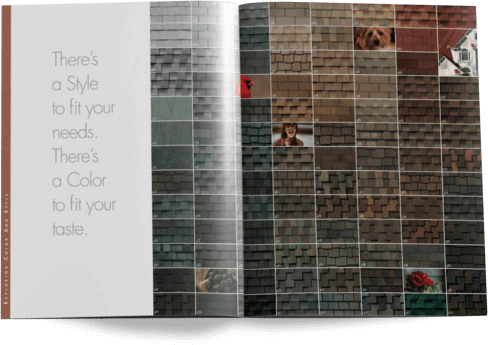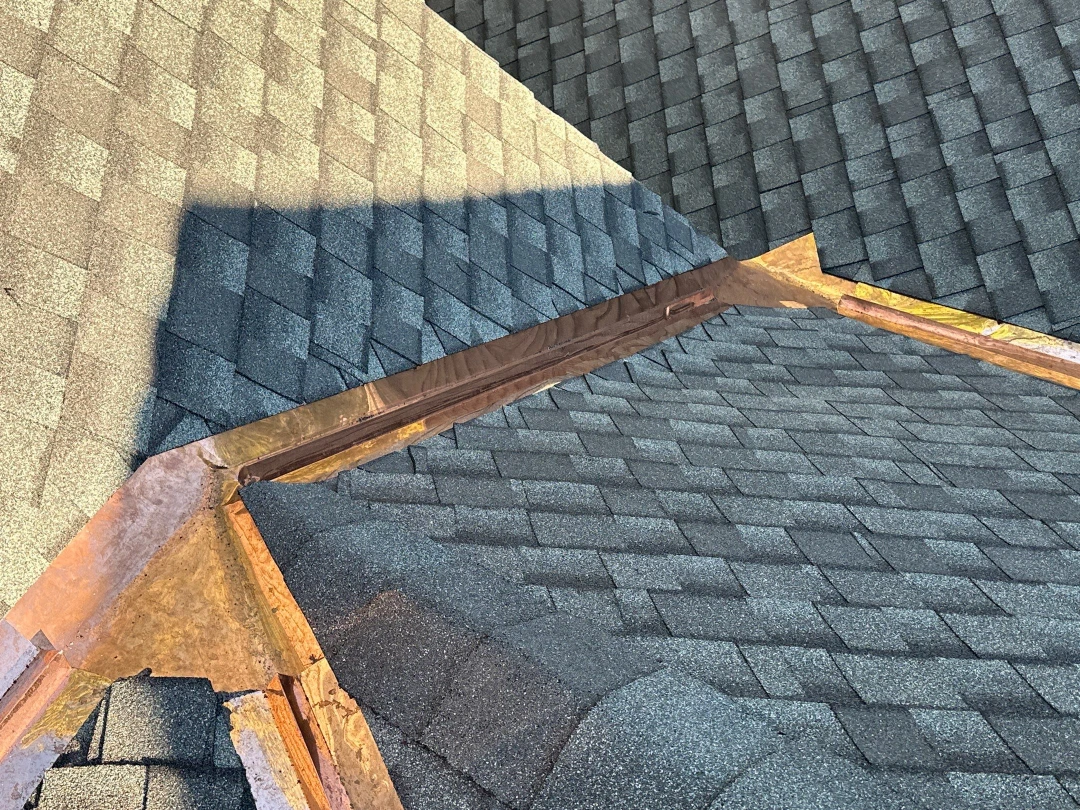The Importance of Post-Storm Roof Inspections in Miamisburg, OH
Summertime in Miamisburg, OH brings beautiful sunny days, but it also comes with its fair share of thunderstorms. Strong winds, heavy rain, hail, and lightning can cause significant damage to your roof in just one afternoon. Unfortunately, not all storm damage is obvious, which is why homeowners need to know what to look for after a storm rolls through.
Taking a few minutes to visually inspect your roof after a storm can help you catch problems early—before they turn into expensive repairs. In this guide, we’ll explain the most common signs of summer storm damage and how to protect your home moving forward.
Why Summer Thunderstorms Are Hard on Roofs
Summer thunderstorms are fast-moving but powerful. Between sudden wind gusts, torrential rain, hailstones, and falling debris, your roof takes the brunt of the storm’s impact. Even if your roof looks fine from the ground, minor damage like lifted shingles or small punctures can lead to leaks and interior water damage over time.
Understanding how storms affect your roof allows you to be proactive and address issues before they escalate.
Signs of Roof Damage You Can Spot from the Ground
After the storm passes and it’s safe to go outside, you can do a simple inspection from the ground. Here’s what to look for:
- Missing or Displaced Shingles: High winds can lift shingles, tear them off completely, or cause them to curl at the edges.
- Visible Debris: Branches, leaves, or other debris on the roof can damage shingles or block gutters.
- Gutter Problems: Check if your gutters are bent, detached, or overflowing with debris, as this can lead to water backup.
- Granule Loss: Look for piles of roof granules near your downspouts. Excessive granule loss indicates shingle wear or hail impact.
- Sagging Roofline: From a distance, check if your roofline looks uneven or sagging, which may signal structural damage.
Interior Clues That Indicate Roof Damage
Not all storm damage is visible from outside. It’s equally important to check inside your home for subtle signs, such as:
- Water Stains on Ceilings or Walls: Yellow or brown spots can indicate leaks from damaged roofing materials.
- Musty Odors: Persistent damp smells are often the first indicator of hidden water intrusion.
- Peeling Paint or Bubbling Wallpaper: Moisture trapped inside walls can cause these telltale signs after roof damage.
Common Types of Storm Damage
Depending on the severity of the storm, your roof may experience:
- Wind Damage: Uplifted or missing shingles, flashing damage, and loose roofing materials.
- Hail Damage: Dents in shingles, punctures, or bald spots where granules have been knocked away.
- Rain Damage: Water infiltration from existing weak spots made worse by heavy rainfall.
- Debris Damage: Broken branches can puncture the roof or knock off shingles.
- Lightning Strikes: In rare cases, a direct strike can cause structural damage or start a fire.
What to Do if You Spot Damage
If you notice any signs of damage, avoid climbing onto the roof yourself. Walking on a compromised roof can be dangerous. Instead:
- Take photos of the visible damage for your records.
- Cover any immediate interior leaks with a tarp or bucket to prevent further water damage.
- Contact a professional roofing company in Miamisburg, OH for a thorough inspection and recommendations.
For immediate assistance with storm-related roof damage, you can reach out to CPM ROOF at 888-637-1377.
Preventing Future Storm Damage
While you can’t control the weather, there are steps you can take to make your roof more storm-resistant:
- Schedule regular roof inspections, especially before and after storm season.
- Keep trees trimmed away from your roof to minimize falling branch risks.
- Clean gutters regularly to prevent water backup and ice dams.
- Consider upgrading to impact-resistant shingles designed for storm-prone areas.
Professional Roof Inspections After a Storm
Even if your roof looks fine after a storm, minor damage can lead to major problems if left unchecked. Professional roofers have the training and tools to safely inspect all areas of your roof, including hidden trouble spots you may miss from the ground.
A post-storm inspection often includes:
- Examining shingles, flashing, and seals.
- Checking attic spaces for hidden leaks or moisture.
- Assessing the condition of gutters and downspouts.
- Recommending any necessary repairs or replacements.
Being proactive can extend the lifespan of your roof and reduce long-term repair costs.
When to Call for Repairs or Replacement
Not all damage requires a full roof replacement. Minor issues like a few missing shingles or small flashing repairs can be handled quickly and affordably. However, if your roof is already aging or has sustained widespread damage, it may be more cost-effective to invest in a replacement.
A local roofing professional can help you understand your options and guide you through filing insurance claims if necessary.
Conclusion
Summer thunderstorms in Ohio are unpredictable, but protecting your home starts with knowing what to look for. Regular inspections and quick action after a storm can save you thousands in future repairs.
To learn more about roof inspections, repairs, or replacements after a storm, call us! Your roof is your home’s first defense—keep it in top condition for peace of mind all season long.







